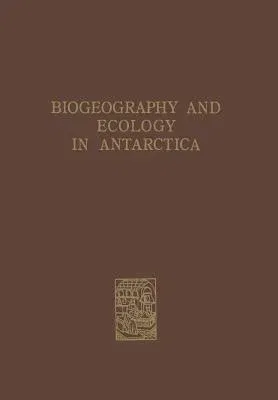Biogeography and Ecology in Antarctica (Softcover Reprint of the Original 1st 1965)Paperback - Softcover Reprint of the Original 1st 1965, 4 December 2014

Qty
1
Turbo
Ships in 2 - 3 days
In Stock
Free Delivery
Cash on Delivery
15 Days
Free Returns
Secure Checkout
Part of Series
Monographiae Biologicae
Print Length
762 pages
Language
English
Publisher
Springer
Date Published
4 Dec 2014
ISBN-10
9401572062
ISBN-13
9789401572064
Description
Product Details
Book Edition:
Softcover Reprint of the Original 1st 1965
Book Format:
Paperback
Country of Origin:
NL
Date Published:
4 December 2014
Dimensions:
24.41 x
16.99 x
4.22 cm
Genre:
Ecology
ISBN-10:
9401572062
ISBN-13:
9789401572064
Language:
English
Location:
Dordrecht
Pages:
762
Publisher:
Series:
Weight:
1306.34 gm

